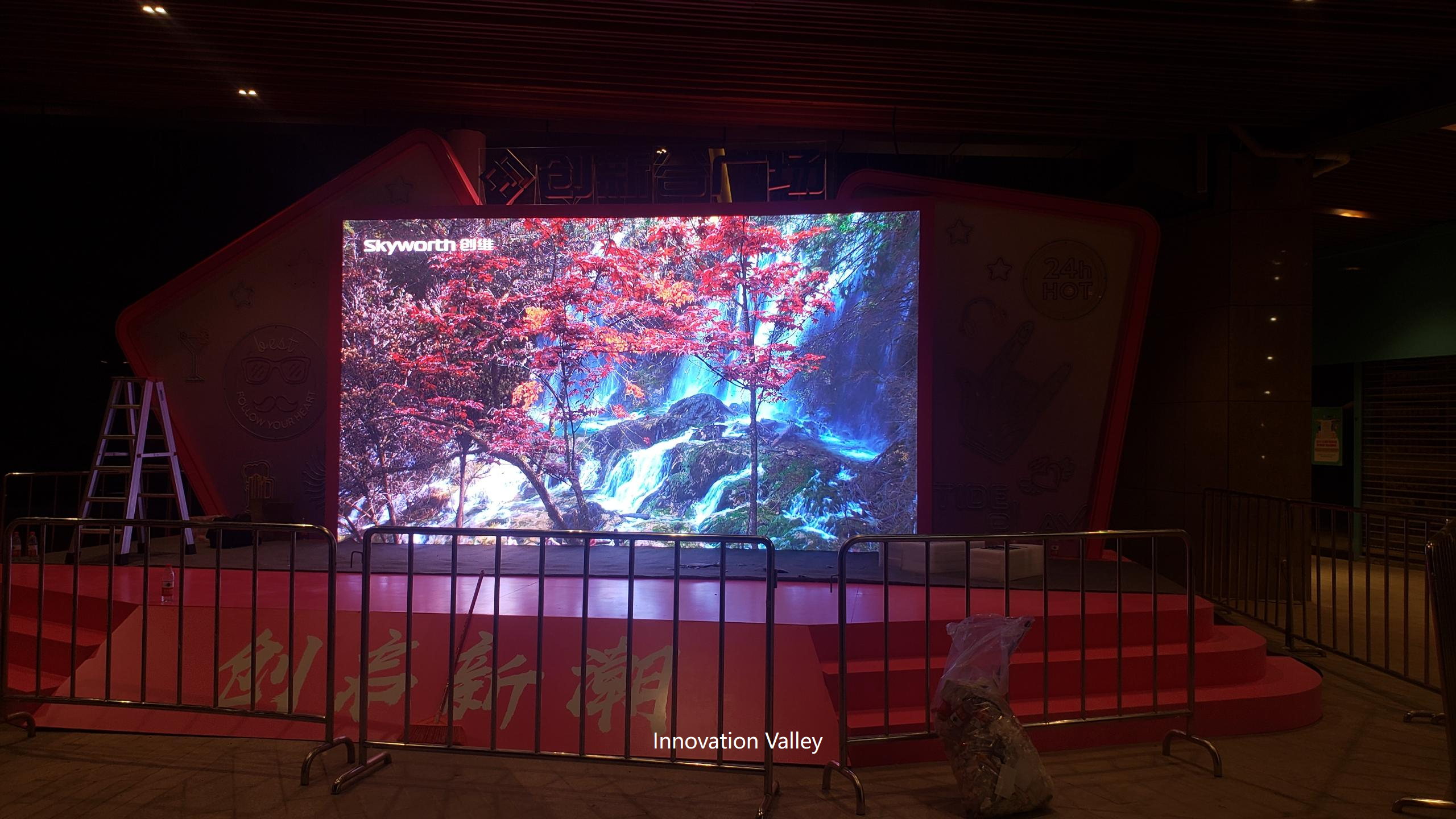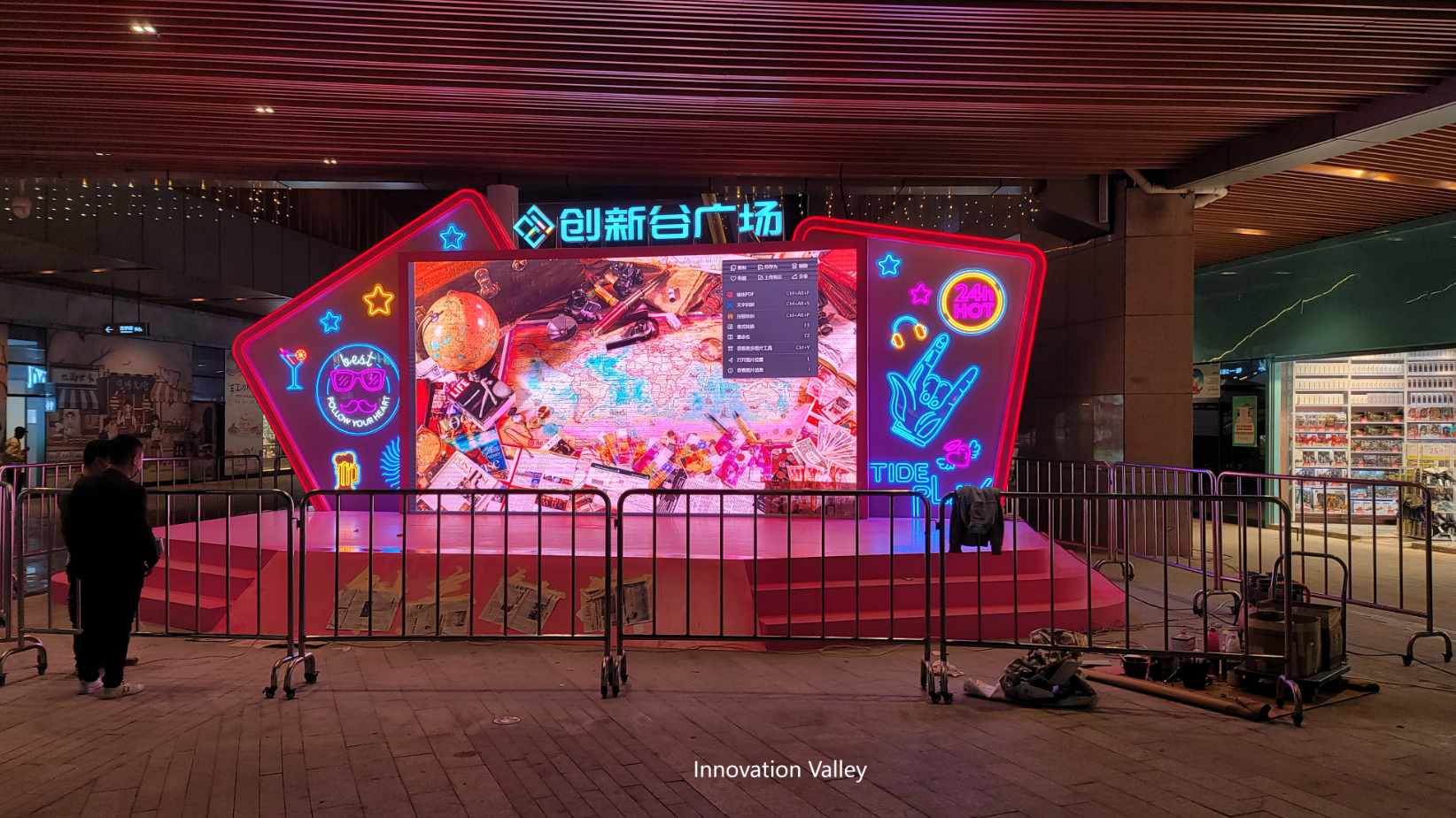The most important consideration for outdoor display brightness is its surrounding light intensity. Outdoor areas, like those suggested by Skyworth Display, experience outdoor light intensity way beyond what is experienced indoors. Displays outdoors are set differently based on the level of brightness they are exposed to. Sunlight, for example, on a bright summer noon with an intensity of say, between 10000 to 15000 lux, would need an outdoor display brightness of 5000 to 8000 nits. Otherwise, the display content goes beyond glare and becomes invisible. Similar to clouds with an intensity between 3000 to 5000 lux, clouds would need between 3000 to 5000 nits. Displays outdoors are much more sensitive to brightness levels set. Displays set outdoors with brightness levels way below the threshold, such 2000 nits is highly likely to be lost, what with the primary light source being the sun. In such cases, legibility of the screen becomes increasingly difficult. The Outdoor display brightness must correlate with brightness intensity of the surrounding for it to work optimally.

Different contexts of outdoor displays have different needs in brightness as they serve different purposes with varying distances. Outdoor billboards for example, need a brightness of 5000-6000 nits, as it is easier for a viewer to observe the content on the billboard from a distance of 50-100 meters and unlike being exposed to the sun.
To strike the right visibility to energy efficiency for outdoor LED screens at transportation hubs (bus stations or airports, viewing distance 10-30 meters), the screens need to 4000-5000 nits. Small outdoor displays (the screens on vending machines or parking lot signs, viewing distance 1-5 meters) need 3000-4000 nits, since the viewing distance is close so ultra high brightness is not needed. Vertical displays at highway billboards need higher brightness than one at a community entrance because drivers pass by quickly and need to look at the display from a distance which requires more brightness. This also means that the display brightness will need to be adjusted for the application for the display.

Angle and direction of the display also change the need for brightness at outdoor displays. This includes the viewing angle and installation direction. Direction of the display is always the factor which determines the points of light which will reach the eyes of the viewer. For example, displays placed facing south (direct sunlight for most of the day) need higher brightness than those facing North, because South facing screens will get more sunlight. For displays with a wide viewing angle (120° or more), brightness should be the same across the screen so outdoor viewers don’t see a dull display.
An outdoor display in a square for example, which can be viewed from all directions, needs to have uniform brightness across the entire screen, while a highway billboard which can be viewed primarily head-on is able to concentrate more on brightness towards the front. Each angle and each direction of view provides a unique display brightness value that needs to be tested and set for each potential point of view.

Balance of energy efficiency with brightness value and durability is a critical factor. Display 10000 nits as an example, and as Skyworth Display points out, the brightness value for a regualr outdoor billboard will result in stratospheric increases in power consumption, and increase operational cost. Furthermore, high brightness values accelerates the wear and tear on outdoor display components like LED chips, which causes the entire screen to age faster. Skyworth Display modern outdoor displays use technology where the brightness is adjusted in real time. Brightness is set to 3000 nits for example, at dusk. Outdoor displays with adaptive brightness can reduce annual power consumption by 20-30% in comparison to displays with fixed high brightness. This balance optimizes the cost and servicing life the display works effectively for.
Uniform displays
The company uses the Apple Outdoor Screens technology to build large outdoor billboards having brightness levels of between 5000 to 8000 nits of brightness, using high brightness led chips, which can resist the Sun's glare. For community and transit applications, they offer outdoor screens ranging 3000-5000 nits nits with negative brightness technology that dims to the surrounding light level in real-time. All Skyworth displays have their Outdoor displays borderline calibrated to ensure that there are no more than 10% of difference in brightness displayed in different sections of their screens. The displays also have systems to cope with the heat caused by the high brightness operation. One of their examples is the 6000 nits outdoor screen which is used in stadiums. The screen is capable of maintaining the same brightness level in addition to being able to last 50000+ hours. These features are displayed as being energy efficient, having the right brightness, and being durable which guarantees their reliability when used in outdoor settings.